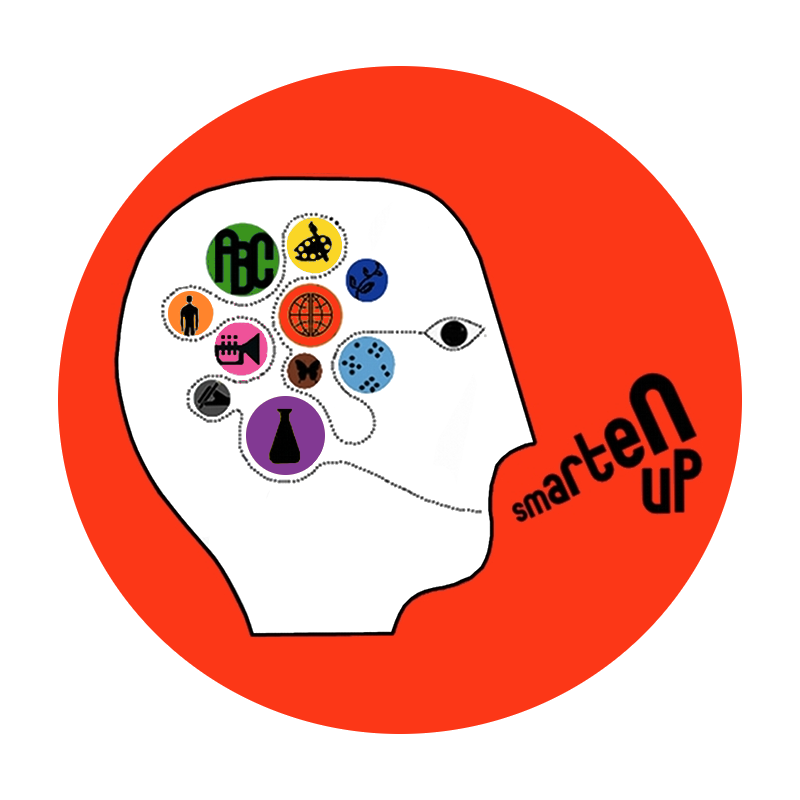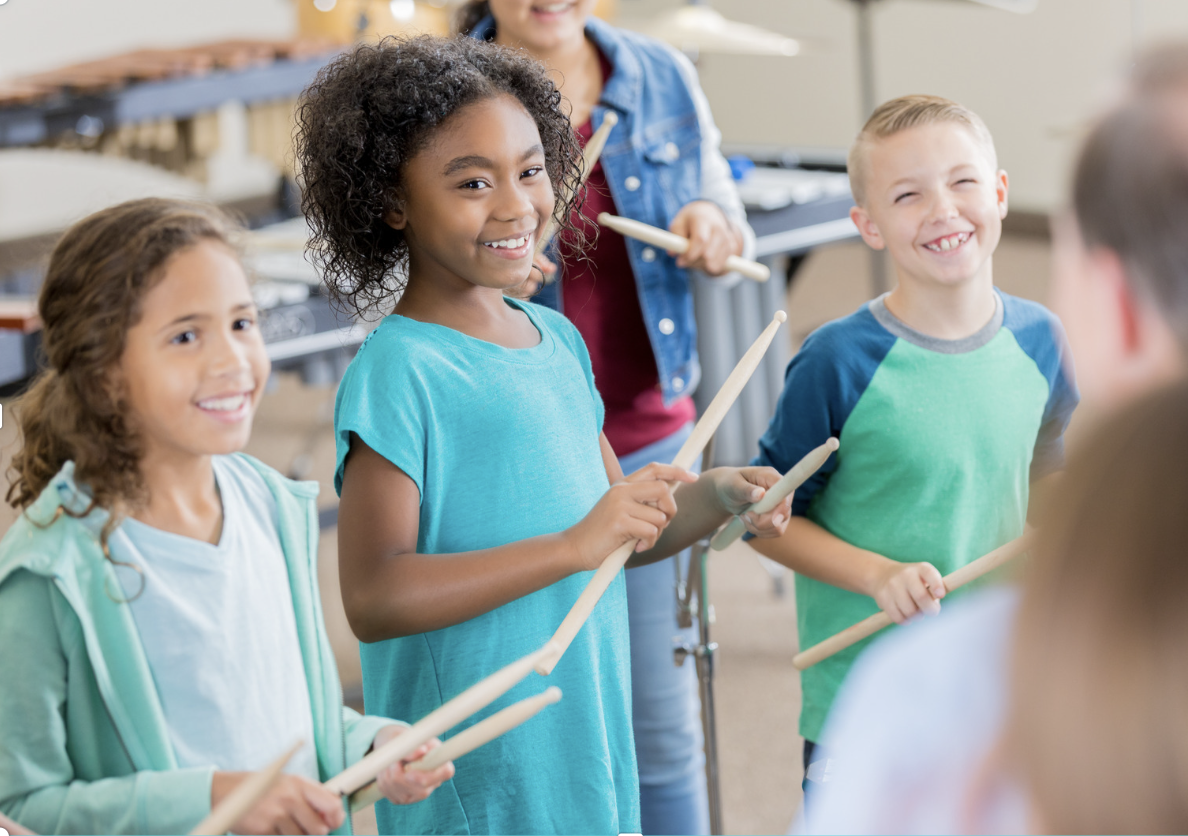Although state education budgets do not always reflect it, the value of music in education has been well documented in the scientific literature. Studies have shown that music training has beneficial effects for spatial reasoning, literacy, and verbal memory; recently, researchers have even developed a line of data in support of music education as a “creative and cost-effective” form of treatment for language-based learning disorders. The developing brains of young musicians benefit from the multi-modal nature of music: it involves precise physical coordination, emotional expression, and careful looking and listening, all at the same time. But it’s important to remember that there is plenty to value in music education that goes beyond these technical, cognitive gains.
One of the most important lessons in any student’s education, and one that is not explicitly taught in many school curricula, is how to be a smart and effective learner. For most students, learning to learn is something that happens over several years, in a relatively undirected, inefficient, and often frustrating process of trial and error. Taking on the challenge of a new instrument can provide a perfect learning laboratory for instilling the habits of great students that don’t come naturally to many: the discipline of daily practice, pride in easy to measure improvements (and those that are harder to quantify), knowing when and how to ask for help when encountering the unknown, struggling to get it right (and knowing that’s okay), and celebrating commitment and hard work, all in a fun and expressive environment. Much more than his or her new skill on the cello, these learning lessons will transfer over to the invaluable student skills that kids need to make the most of their education.
When students have the chance to play their new instrument as part of a young ensemble of musicians, they also develop an understanding of teamwork and collaboration that is not always on offer in the classroom. Many students dread group projects in school, and with good reason; coordinating the efforts of individuals in a group can be a social and academic nightmare. In the context of a school orchestra or band, however, collaboration and teamwork are the norm. Any ensemble experience involves learning to listen carefully and play in unison, balance different parts from the different sections, and achieve a group vision of how the piece should work, both technically and emotionally. There’s an opportunity here for students to develop leadership skills, and to support one another’s growth as members of the same section work to perfect their parts in small groups.
Even apart from the cognitive benefits scientists have attributed to music education, trying out a new instrument provides invaluable learning experiences to young students. As a testing ground where they can learn to learn, and an inherently collaborative activity, music deserves a place in any child’s education. It’s also, importantly, a chance for kids to express themselves in a new and vital way, and to appreciate a human tradition of music that they will encounter every day for the rest of their lives.


